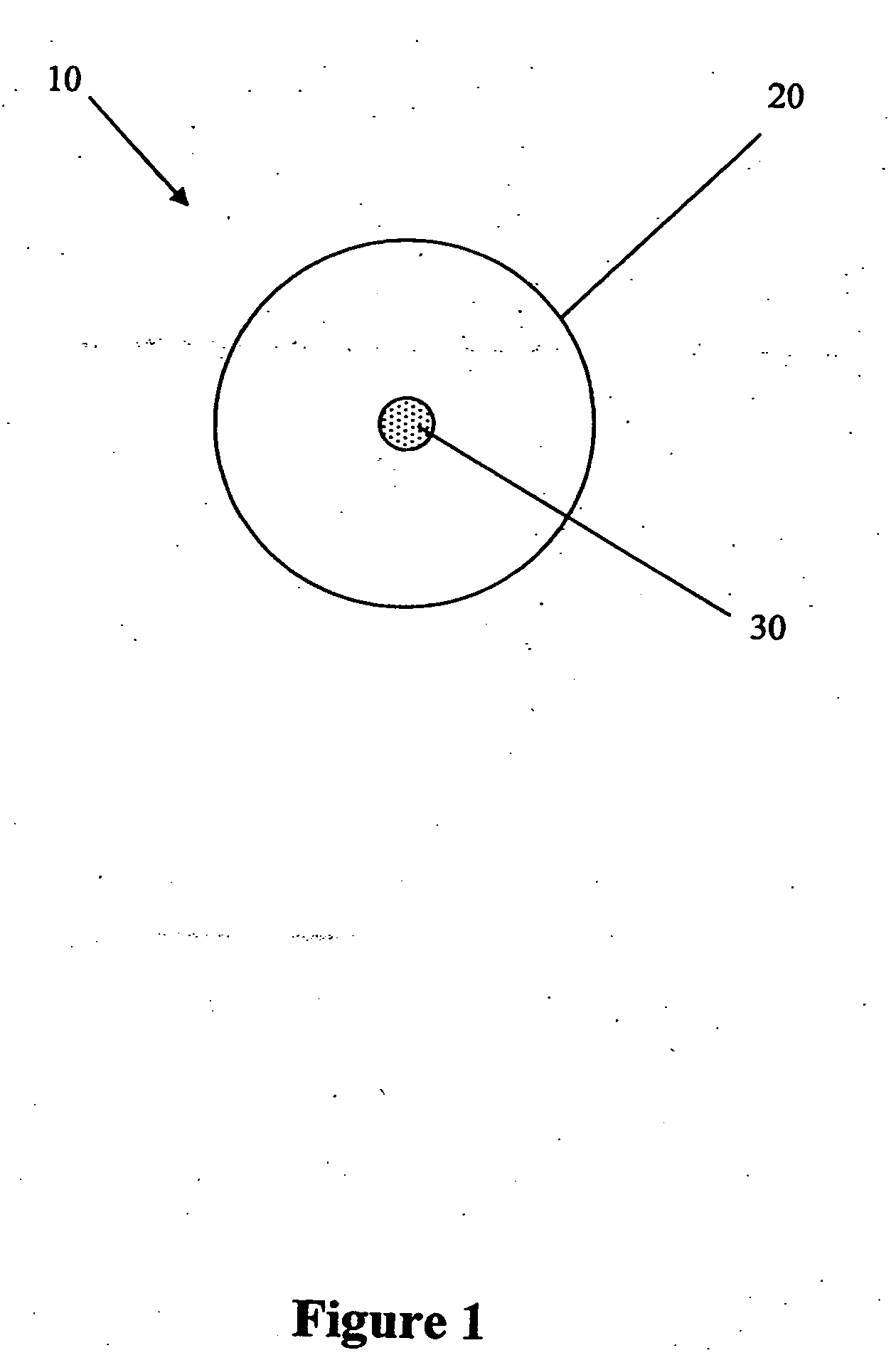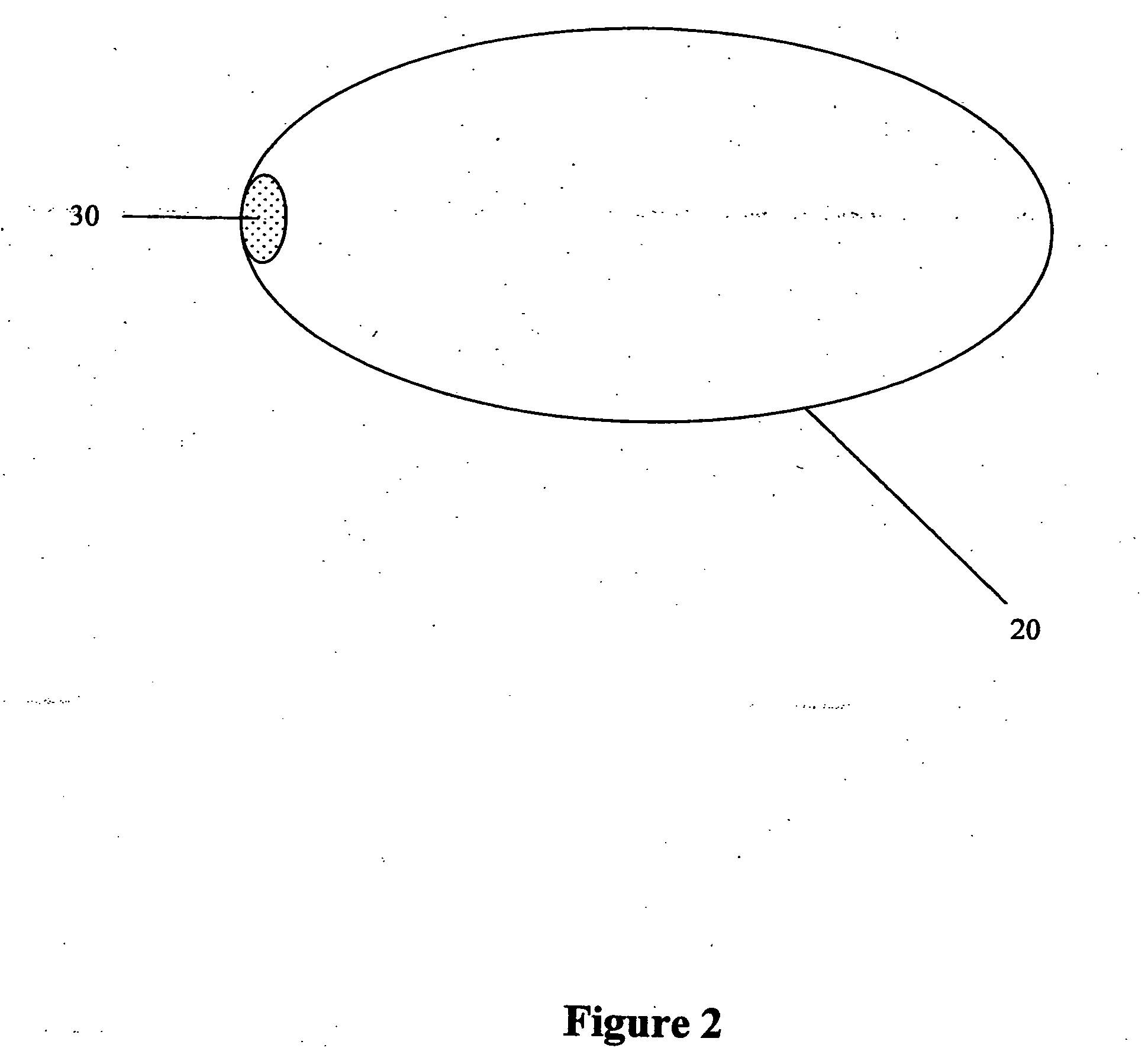Although marketing of oral hygiene products and the number of available products from which consumers may choose is ever increasing, several areas have yet to be adequately addressed.
There have been many improvements with respect to the containers for oral hygiene products; however, the improvements have left much to be desired.
However, numerous drawbacks continue to exist in modern
toothpaste dispensers.
One such drawback relates to the predominant
toothpaste dispenser, the toothpaste tube.
The caps are frequently dropped into the sink drain or lost altogether thereby leaving the tube without a cap.
The lack of a cap can cause the toothpaste within the tube to deteriorate at a faster rate than it would were the tube sealed with a cap.
If nothing else, the lack of a cap can cause a very messy situation.
For instance, many people have accidentally placed their hand on a capless toothpaste tube and caused the toothpaste within the tube to squirt out onto the counter or floor.
One such drawback is the broken attachment drawback.
The broken attachment drawback occurs when the attached cap breaks away from the tube, leaving the cap unattached to the tube.
Therefore, when the attached cap breaks away from the tube, the cap becomes even less effective than the screw on / off cap because the application of a slight amount of pressure may force the cap off and away from the tube.
Another drawback of the attached cap is that toothpaste tends to build up around the edges of the cap.
Although this is a problem with screw on / off caps as well, the snap-on nature of the attached caps can make this a larger problem.
Additionally, while closing the cap, the person using the toothpaste may unknowingly place a force on the tube that in turn knocks off the cap and dispenses more toothpaste, which may then overflow out from the tube.
Yet another drawback of the toothpaste tube is the cross
contamination drawback.
The cross
contamination drawback occurs when numerous people use the same toothpaste tube.
Each person who uses the toothpaste tube potentially further contaminates the toothpaste within the tube when the person runs his or her
toothbrush against the rim of the toothpaste tube.
Consequently, the toothpaste may become cross-contaminated by each person using the toothpaste tube.
There are also economic drawbacks to utilizing toothpaste tubes.
One economic drawback of using a toothpaste tube is the difficulty of using all of the toothpaste stored inside the tube.
Rolling the tube from the bottom for every use can be a hassle and even doing so does not guarantee that all of the toothpaste in the tube will be used.
Due to this drawback, it has become quite common to replace a toothpaste tube prior to using all of the toothpaste stored within the tube.
Consequently, consumers often feel that they are
wasting toothpaste and therefore
wasting money.
The problem of not being able to dispense all of the toothpaste in a tube is such a well known problem that there exists tools and utensils that are used for the sole purpose of trying to get more toothpaste out of a toothpaste tube.
However, upright dispensers share some of the drawbacks of the toothpaste tubes.
One such drawback is the use of a cap.
Consequently, the cap can often become messy and overflow with toothpaste just like the cap on the toothpaste tube.
Another drawback of the upright dispenser is that it is often bulky and difficult to store in a
medicine cabinet or drawer.
A user is typically forced to store the upright dispenser on the bathroom counter where it may be in the way and / or may not match the decor of the bathroom.
Mouthwash containers face a similar drawback of potentially losing the cap of the container, but due to its larger size, it not as prevalent as with toothpaste tubes.
The mouthwash containers are often unsightly because of their bulky size.
Mouthwash containers are regularly placed out of the
sight of anyone using the bathroom counter, and therefore become inconvenient to use, which in turn, often leads to non-use.
Unfortunately, cups take up counter space, and additionally, disposable cups quickly fill up the wastebasket.
However drinking from the cap of the mouthwash container may lead to
contamination of the mouthwash in the container, and consequently, creates insurmountable obstacles for those who do not want to drink from the same container as another person.
Yet another drawback of mouthwash containers is that it is often difficult to control the amount of mouthwash that you use.
The containers are typically so large that it is easy to over pour and consequently waste mouthwash.
Additionally, using numerous miniature travel size mouthwash containers would take up as much, if not more, storage space than a typical size mouthwash container.
However, once the measured single
dose is in the upper chamber, many of the drawbacks discussed above remain present.
For example, a user would still need to use a cup or risk contamination of, at least, the next portion of mouthwash.
 Login to View More
Login to View More 


